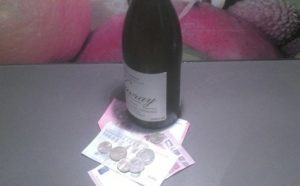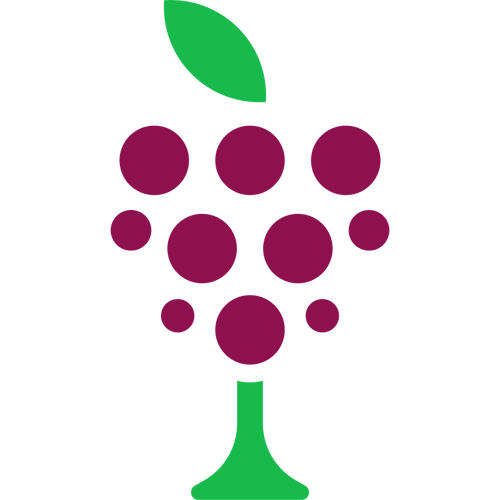
Why are some wines more expensive than others?
Wine prices vary for valid reasons and here are the main explanations.
“I always look forward to Sean’s Champagne tastings! ” Sylvie Moinie
The vintage.
In wine, “vintage” doesn’t mean “old”, but just refers to the date of the harvest. In French it’s called “millésime” and you’ll see it especially on expensive bottles of Champagne. In German it’s Jahrgang. The year on the label is important because (a) the age of the wine can be an indicator of quality, and (b) each year produces a different wine.
1) Many wines – even some expensive ones like Châteauneuf-du-Pape – must be consumed within 5 or 15 years of harvest. Others need to be drunk after a couple of decades to be at their peak, after ageing in oak barrels, or in the bottle, or (more usually) both. Examples are red Bordeaux, sweet white wines and Barolo.
2) The question of a vintage being a “good” one or not is twofold. A bad year for the consumer is one that produces bad grapes, for example rainfall just before harvest fills the grapes with water. Conversely, a bad year for the grape-grower is one that results in very few grapes, often because hail or blight destroys a percentage of the fruit. This latter case means that the resulting wines are often excellent, because the plant concentrated its resources in the surviving bunches. However the price is likely to be much higher than usual because of the scarcity, as well as the improved quality.
The classification.
All the wine in Europe is divided into bands which indicate the quality and typicity of the wine. In general, the price of the wines increase as you go up the scale. Come back in a couple of weeks to see my wine classification matrix – currently in draft.
The appellation.
Some regions have a better reputation than others, so that a Burgundy wine enjoys a higher price than a Languedoc wine, on average. Additionally regions have subdivisions, or “appellations” which also carry more or less weight in the market place. For instance in Beaujolais these subdivisions are increasingly pricey:
Appellation Beaujolais Contrôlée
Appellation Beaujolais Villages Contrôlée
Beaujolais Villages Crus – for example Appellation Brouilly Contrôlée
The vineyard.
A particular hillside, vineyard, or producer, may also have such a reputation that its wines are more valuable. The indicator may just be market forces, good scores from magazines or respected wine-writers, awards from wine-shows or recognition from the regulators in the form or “Pago” (Spain), Erste Gewächs (Germany) or “Grand Cru” (France) accreditation. These latter labels vary between countries and even regions and are often impenetrably complicated.
The production costs.
Wines are made in different ways, which may make them more expensive to produce.
Small estates have proportionally higher costs than large wineries; this contributes to the price of Burgundy.
Countries with high minimum wages, such as Switzerland, also tend to produce relatively expensive wine.
Older vines produce fewer, more concentrated, berries than young vines. The age of a vine is relative, depending on its age. Chardonnay is very old at 40 years, whereas a Carignan vine can still be producing great wine at 100 years old.
Certain grape-growers achieve very low yields – that is the amount of wine produced per hectare. A winery selling cheap wine may achieve 100 hectolitres per hectare (a litre per square metre). However if the grapes are selectively picked, or if the land is difficult to harvest (for example a steep hillside), or if the plants are spaced well apart (or aggressively pruned) in order to concentrate the nutrients, or if we are talking about “vieilles vignes” then the yield might be as low as 15 hl/ha. The average for AOC wine is around 45 hl/ha (2 tons per acre in old money). This translates to about 3 bottles per vine.
Sparkling wines typically undergo a secondary fermentation, and then a long period of bottle aging.
Late-harvest wines are usually picked in several phases, adding to the harvesting costs. Additionally the yield is very low as grapes are lost to disease or frost.
The 250-litre barrels used to oak-age wine cost up to 1,000€ each and only impart flavours for one or two years.
Washing wine over the lees, aging it in barrel or bottle, or employing long maceration periods, just to name a few procedures, all cost money.
Additional costs.
The bottle, cork and label all cost the wine-maker money; but remember that a producer might try to trick the consumer into believing that a wine is better than it is by presenting it in expensive hardware.
The taxes that have to be paid to the government and other regulatory bodies, transport, import duties, storage, spoilage, accountancy fees and insurance costs are, however, unavoidable.



I would like to say I find this article really interesting – thanks for the info.